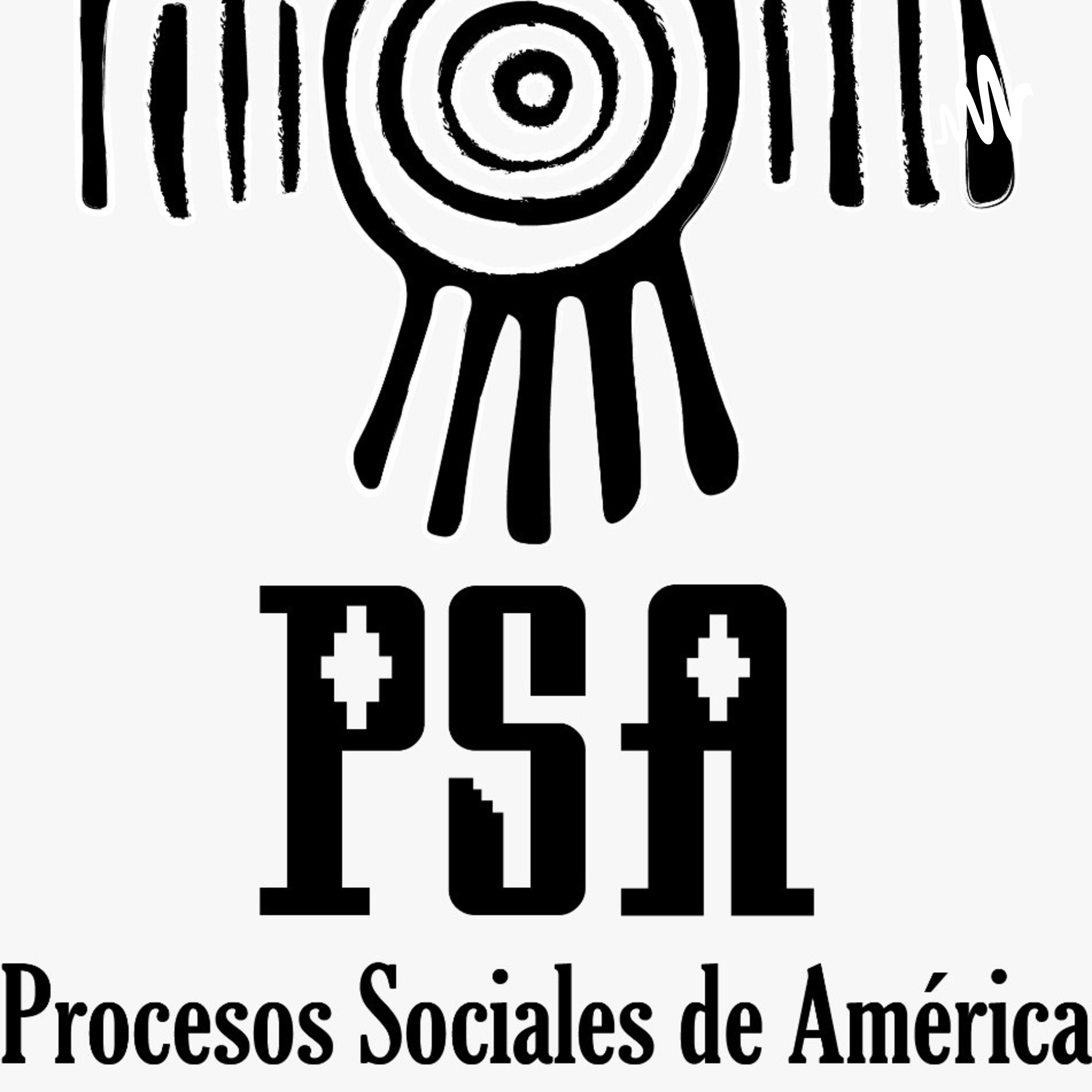 |
Centre for Minorities Research PodcastAuthor: University of St Andrews CMR Podcast
This podcast is an extension of The University of St Andrews Centre for Minorities Research (CMR) a student-led initiative that reflects CMRs core values of promoting dialogue between disciplines on all aspects of minority research. The podcast series provides a space for students to creatively explore their interests alongside experts from a range of fields and disciplines to co-produce collaborative knowledge for the contemporary age. For more information visit us at https://cmr.wp.st-andrews.ac.uk Language: en-us Genres: Science, Social Sciences Contact email: Get it Feed URL: Get it iTunes ID: Get it |
Listen Now...
Authenticity and Accessibility: Reconciliation Towards More Equitable and Inclusive Experiences at Historic Sites
Episode 6
Wednesday, 30 July, 2025
There has been a longstanding belief from both academics and the public that the goal of historical preservation and conservation is to maintain a site’s authenticity. But what happens when that aim comes into direct conflict with the needs of its visitors?In this episode, Boowa Zarcone, Museum and Heritage Studies MLitt candidate, challenges the presumed incompatibility between authenticity and accessibility. Drawing on the work and experiences of disabled advocates—most notably Alexa Vaughn, a deaf urban landscape architect—Boowa opens up new ways of thinking about inclusive design in heritage spaces. This episode invites listeners to consider: What does it really mean to preserve the past for everyone?Further ReadingsAlexa Vaughn. “DeafScape: Applying DeafSpace to Landscape.” GroundUp Journal 7 (2018): web. https://www.designwithdisabledpeoplenow.com/deafscape.American Academy in Rome. “Alexa Vaughn.” Rome Prize Fellows. 2022. https://aarome.org/people/rome-prize-fellows/alexa-vaughn.Accessible practices in museum & heritage settings:Alison F. Eardley & Vanessa E. Jones (editors). The Museum Accessibility Spectrum: Re-imagining Access and Inclusion(1st ed.). 2025. Routledge. https://doi.org/10.4324/9781003382713.Carola Gatto, et al. “Enhancing Accessibility of Cultural Heritage: Extended Reality and Tactile Prints for an Inclusive Experience of the Madonna Dell’Itri Church in Nociglia.” Extended Reality: International Conference 2 (2023): 146-159. https://doi-org.ezproxy.st-andrews.ac.uk/10.1007/978-3-031-43404-4_10.Elina Vikmane, Maija Ņikitina, Laura Brutāne, & Lote Katrīna Cērpa. “Multisensory Approach to Museum Accessibility and Experience Enhancement.” Culture Crossroads 25 (2024): 21–32. https://doi.org/10.55877/cc.vol25.503.Accessible design in urban landscapes:Albertina Pretto. “A study on accessibility in an Old Italian City: when the past is worth more than the present.” Disability & Society 37, vol. 3 (2020): 496-521. https://doi.org/10.1080/09687599.2020.1829552.Emily Yates. “‘People aren’t disabled, their city is’: inside Europe’s most accessible city.” The Guardian. May 28, 2019. https://www.theguardian.com/cities/2019/may/28/people-arent-disabled-their-city-is-inside-europes-most-accessible-city.Rosemarie Ankre & Sandra Wall-Reinius. “Nature for Everyone? Planning Perspectives on Accessibility, Disability and Participation in the Swedish Outdoors.” Planning Practice & Research 39, vol. 5 (2024): 793–812. https://doi-org.ezproxy.st-andrews.ac.uk/10.1080/02697459.2024.2358281.











